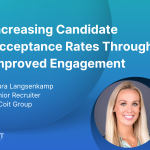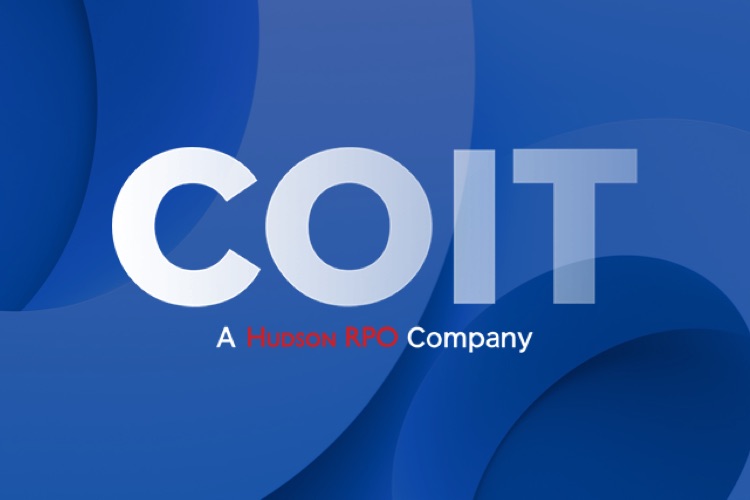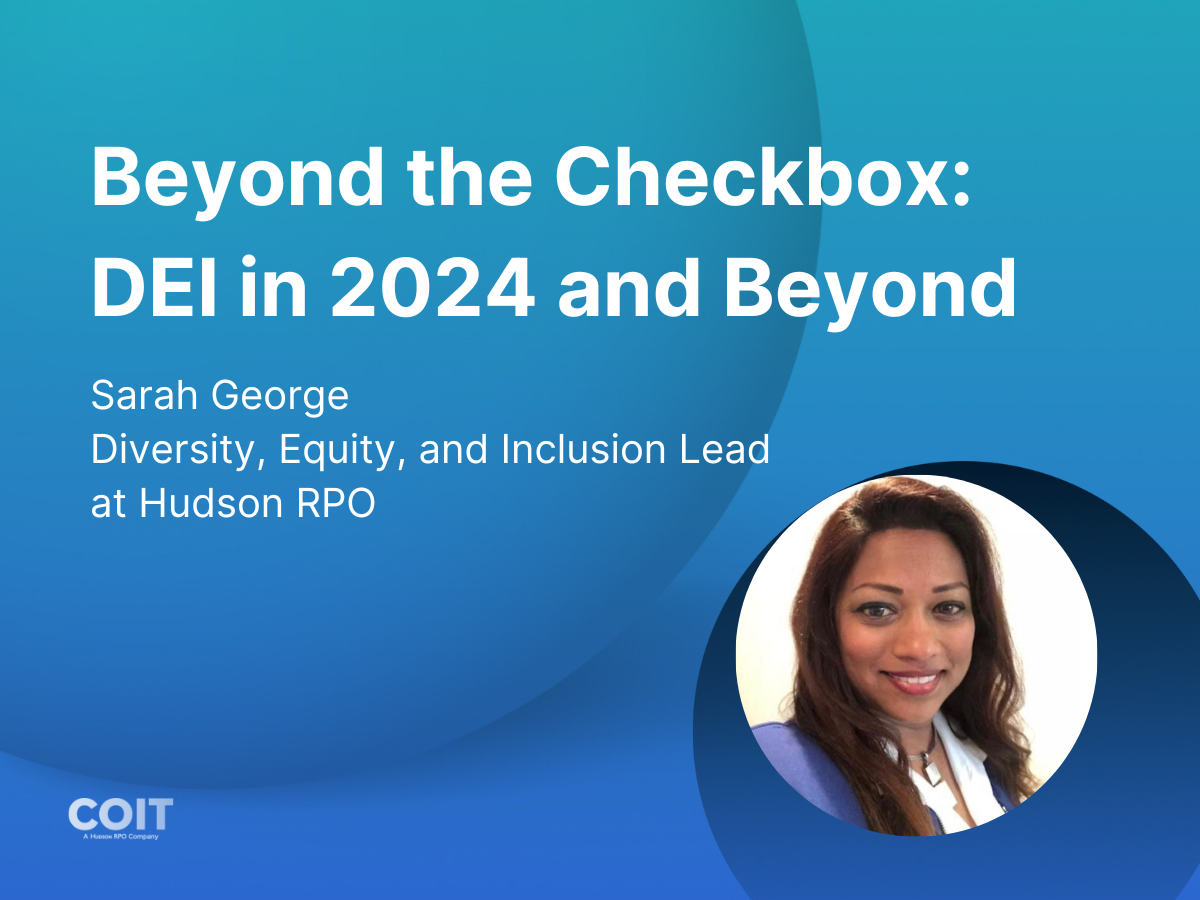How can you structure your benefits in a way that draws top talent away from your competitors, and keeps diverse employees engaged long-term? In Part 1 of our post, Sarah George, a Diversity, Equity and Inclusion Leader with our parent company, Hudson RPO, touched on the growing importance of inclusive benefits, providing an array of examples to help employers support all employees at work.
To put those into action, Sarah is back with us to provide some helpful tips and advice to create a holistic and inclusive hiring process for diverse candidates. When designing your employer brand, candidate outreach and your interview process, diversity and inclusion should come into play. Here’s how to make it a priority and a success story in your workplace.
Rethinking your candidate attraction & interview process
Just as important as what benefits you offer is how, when, where and why you offer them. To create a winning impression, be thoughtful in how diverse applicants and employees experience the many aspects of your company.
For example, job descriptions and your employer brand are often the first introductions candidates have to your company. You want people to feel your company shares their perspectives, goals and values.
As mentioned in our first post, true diversity goes beyond gender and racial diversity to include LGBTQIA+, generational diversity, different cultural backgrounds, neurodiversity, disabilities, educational diversity, socioeconomic diversity, intersectionality (individuals with multiple identities) and more. Keeping these perspectives in mind will help you to create a more welcoming experience at every touchpoint.
Sarah offers some suggestions to evolve common — and vital — offerings and communications.
Employer brand
- Pay attention to the language you use for your brand. For example, saying “Our office is just a five-minute walk from the main street parking garage” doesn’t take into account people who are wheelchair-bound or who don’t have access to a car.
- Inclusion should be evident on your website and job ads, but you can be transparent in your goals and progress. If your organization is not where it should be yet, that’s okay — everyone is at a different point in their journey — communicate your plans and initiatives to increase DEI.
Job descriptions and interview communications
- Ensure your job ads are written through a DEI lens, removing any requirements, educational attainments, verbiage, etc. which excludes diverse applicants.
- For example, an employer in a Middle Eastern country launched a field-based Territory Manager role which required 10 years of field-based experience. This was a challenge for local female applicants who were otherwise qualified, but not legally allowed to drive in the area some five years ago. Being mindful of this resulted in removing the exclusionary language and widening the talent pool.
- Include a reasonable accommodation statement in your job ads, interview phone screen and again before interviews to allow applicants to make requests and give your team time to act on them.
Interviews
- Provide ongoing training to interviewers to recognize and mitigate unconscious bias in the interview process
- Include underrepresented groups in your interview panel
Using data to develop solutions
When strengthening your benefits offering, it’s important to do so in a manner that’s authentic to your company and mindful of your team. Sarah recommends examining quantitative and qualitative data throughout the process to incorporate diverse perspectives.
For example:
- Examine which diverse groups are leaving your organization and why. If your exit interviews are not already asking the question, start now by inquiring why people are leaving, and what inclusive benefits may have made them stay.
- Incorporate questions around benefits in your pulse surveys. What do employees value most? What makes them stay? What do they want more of? What benefits would encourage employees to refer people? Engage company employee resource groups (ERGs) to include diverse employees in this exercise, and continue to involve them as remedial steps are made.
Personalizing employee benefits
Beyond offering the exact same benefits for everyone, you can offer options to personalize perks so people can utilize the benefits they really need.
Some people may not ever require maternity leave, health benefits for children, pets, etc. Opening up the conversation on what’s most important allows employees to express their own perspectives about what support they may need to thrive at your workplace, including policies and benefits you may not otherwise be thinking of.
Get the DEI support you need
Bringing on new and personalized employee benefits may feel like embarking into the unknown, but know that a DEI consultant can help you to demystify efforts to create a more inclusive organization. Collaborating with teams that have navigated your same challenges successfully, you can foster a more inclusive work environment, elevate diversity in your culture and better achieve your objectives. Need help? Contact us at [email protected] today.
Newsletter
Blog Categories
Recent Posts

[Tech x Talent Dashboard] It’s time to change DEI metrics and tactics
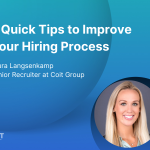
3 Quick Tips to Improve Your Hiring Process
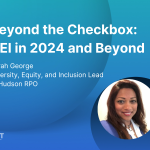
Beyond the Checkbox: DEI in 2024 and Beyond
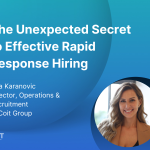
The Unexpected Secret to Effective Rapid Response Hiring
